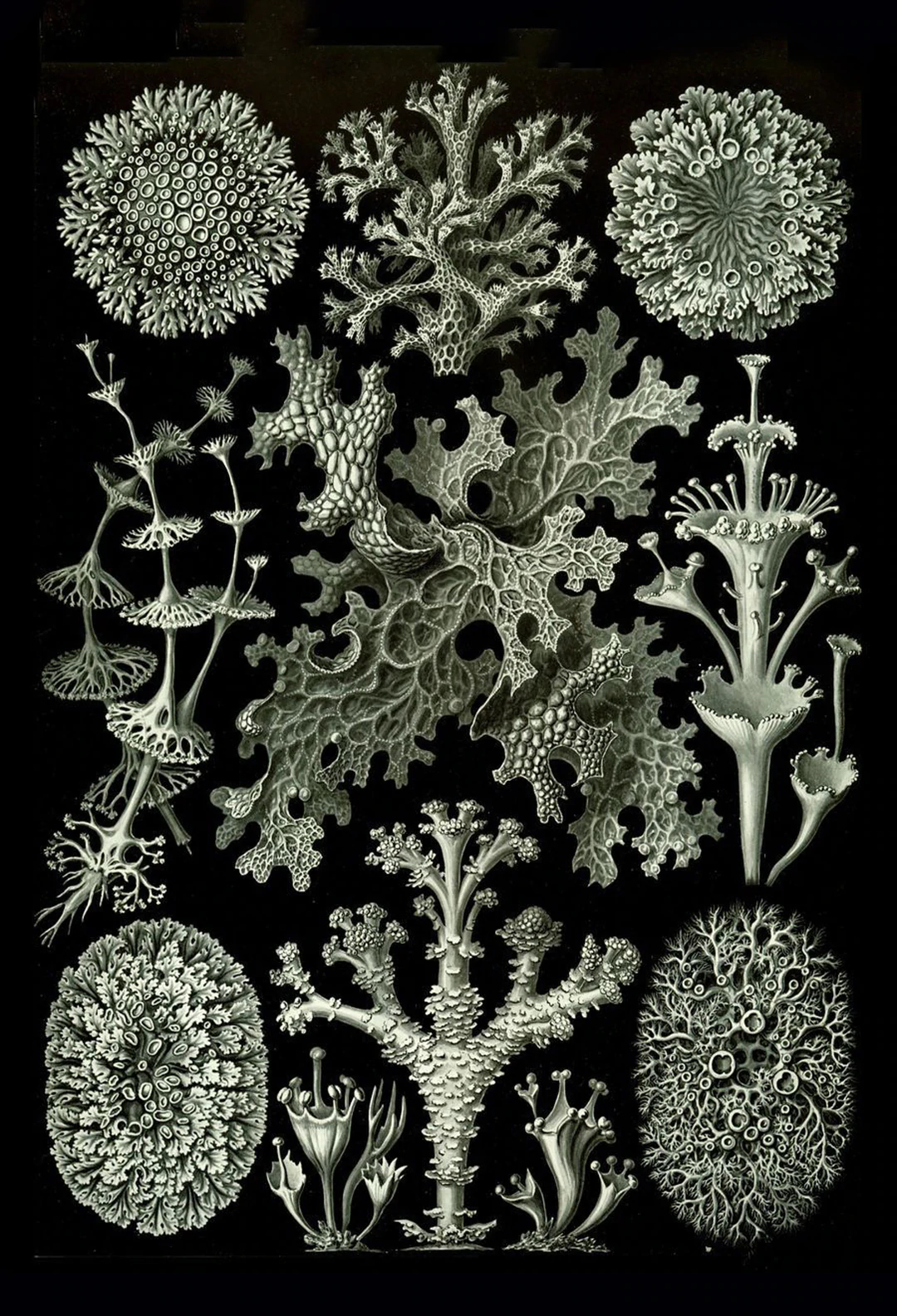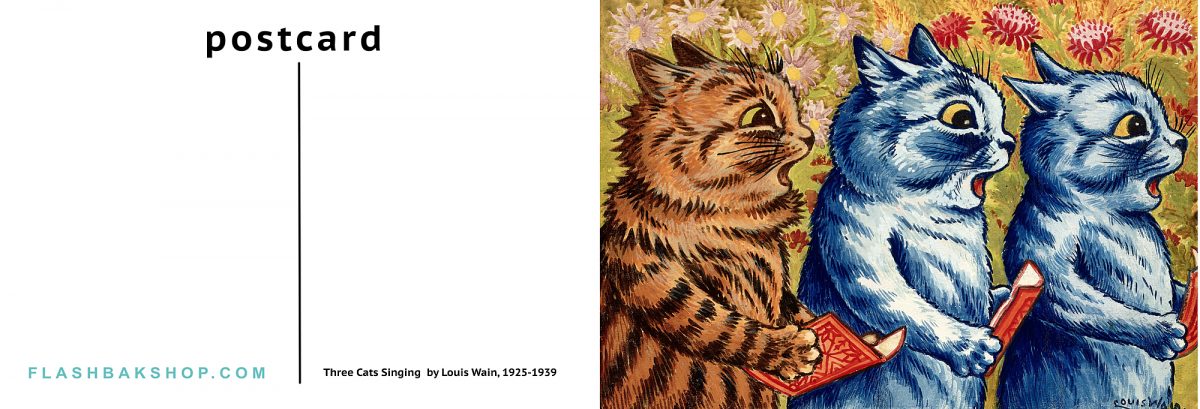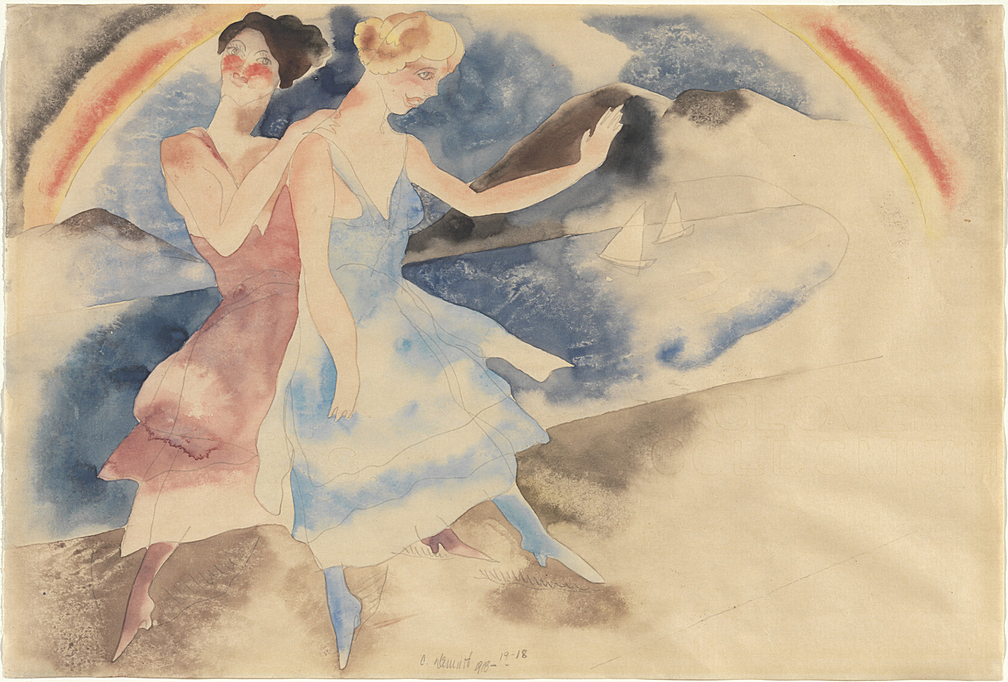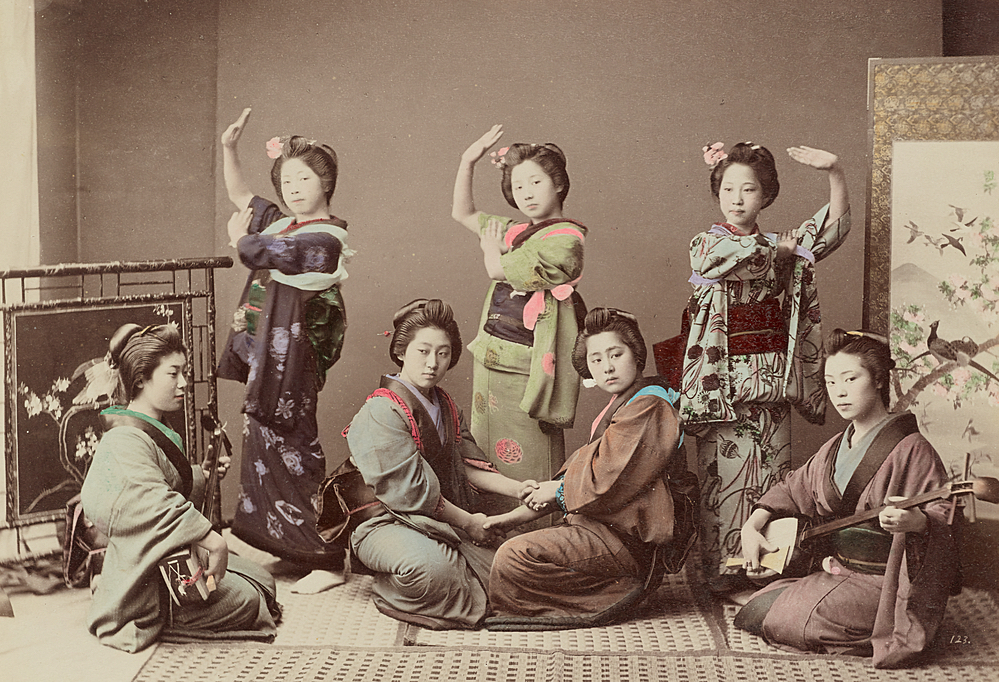“The world before us is a postcard, and I imagine the story we are writing on it.”
― Mary E. Pearson, The Miles Between

Isadora Duncan Dancers by Arnold Genthe, c.1920 – Postcard – Order
Postcard images aren’t squashed versions of bigger, bolder artworks and photographs. They fit the format, being every bit as lovely and keepable as the art we frame and hang on walls. They’ve the added bonuses of being cheap and making any message overt, with a clear image on one side and punchy words written on the back for anyone to see. “Wish you were here,” goes the holiday cliche. Or, as Mr Bingo puts it in his messages designed to offend, “You Will Never Amount to Anything.”
Why am I writing about postcards? Why now? Because these aides-memoire are fun, fast and easy. They remind us of places we went, what we’re missing (NSFW), where we’re not and how to enjoy the everyday.
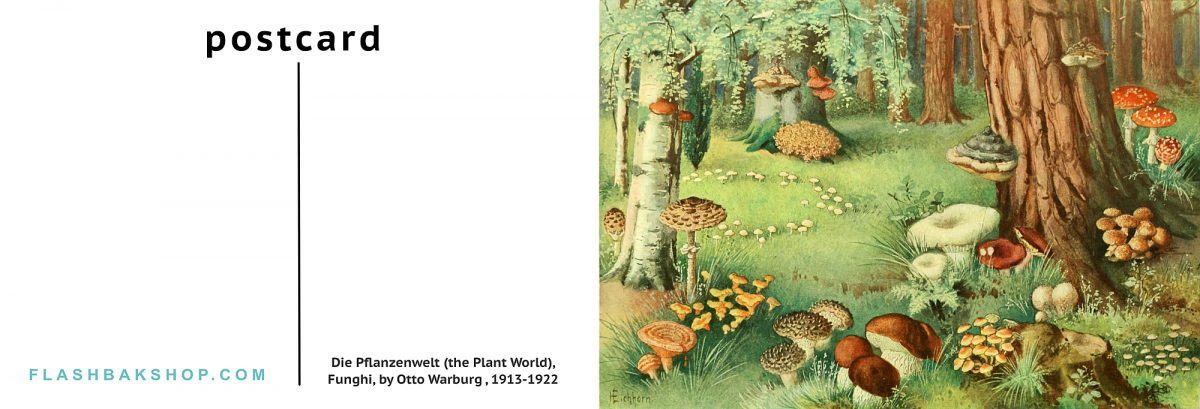
Die Pflanzenwelt (the Plant World), Funghi – Otto Warburg – 1913-1922 – Postcard – showing front and back – Order
Postcards could have been killed off by smart phones, now that it’s easy to capture a moment and send people back home a link to the video. But unlike all those memories we never print out, let alone find, the postcard is something we can hold and look at over and over without the need to look at a screen and search and scroll. Hold on to them and they become tangible memories with pictures and words to amuse and delight. The postcard is Instagram and Twitter in one.
And they’re back. Cool once more. Sending art by mail was all the rage in the 1970s. As a 1996 postcard by Simon Cutts and David Bellingham put it The Postcard is a Work of Art.
We’ve a brilliant range of them in the Flashbak Shop. By way of a bonus, each of these high-quality postcards comes with a craft envelope, so you can send them as little works of art to collect and display on the fridge and mantelpiece, and decorate in the manner of Edward Gorey’s delightfully wicked missives. Or doodle on them, like Picasso did.
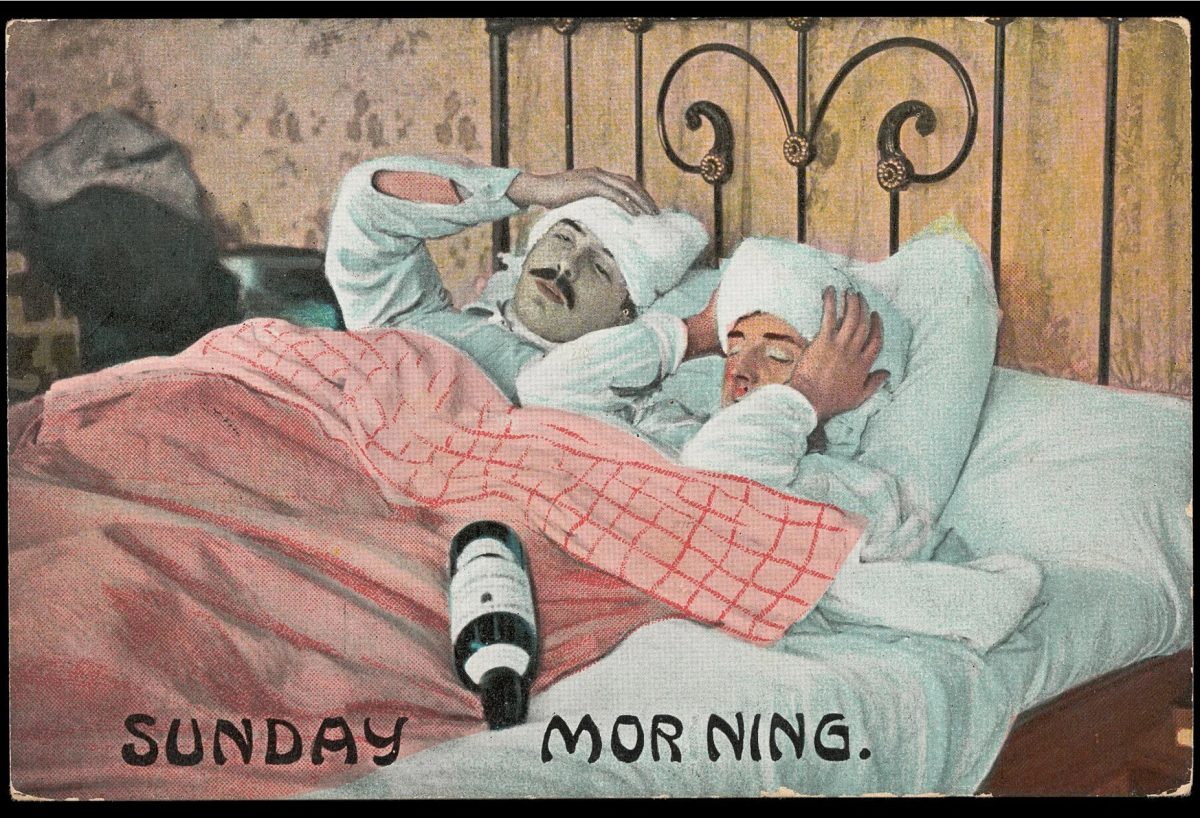
Two Men in Bed on a Sunday Morning after Drinking from a Bottle of Alcohol, ca. 1908 – Postcard – Order
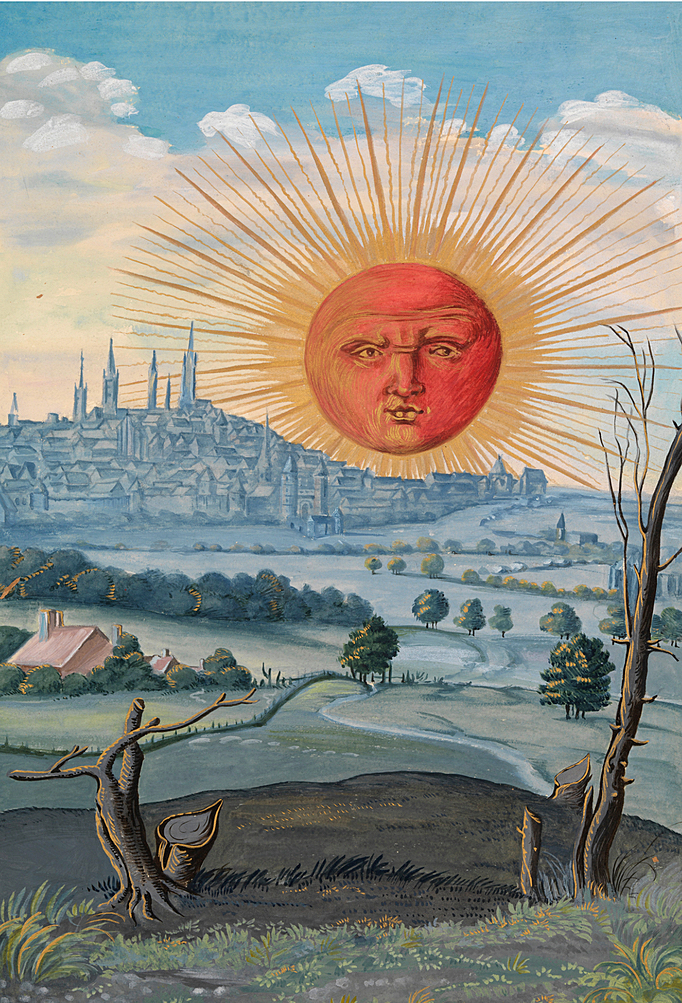
The Alchemical Great Work after Salomon Trismosin’s sixteenth-century alchemical manuscript, Splendor Solis – Postcard – Order
As British critic Jonathan Meades put it:
The reproduction of great paintings is merely one of the uses to which a postcard can be put. But it is an important one. It is not so much populist as popularising; there is a difference. The dissemination of such work in a version approximately 150x100mm is supremely democratic. I happily suffer a delusion of ownership without the attendant insurance costs and security concerns
Buy collectable art to keep and gift in the Flashbak Postcard shop.
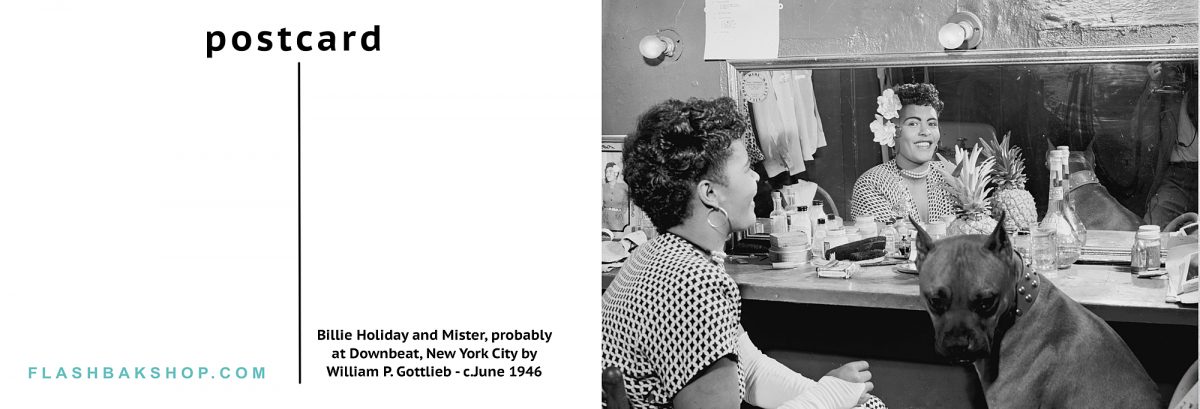
Billie Holiday and her dog Mister, probably at Downbeat, New York, N.Y. by William P. Gottlieb c.June 1946 – Postcard – Order
Postcard History
Now for some postcard history. The first cards were issued in Austria-Hungary in 1869. Produced in both German and Hungarian, postcards were a hit. The cheap and cheerful correspondence arrived in Britain in 1870, commission by the Post Office. Each thoughtfully included an imprinted halfpenny stamp that covered the price of postage and was half the cost of sending a letter. In 1871 around 75 million postcards were sent in Britain. By 1910, over 800 million a year were being sent. Many people began to collet them.
Also in the 1870s, the US, Japan and most other nations with a postal service, began accepting postcards. Postcards began to be sent internationally after the first Congress of the General Postal Union, which met in Bern, Switzerland in October 1874.
Illustrated postcards produced by private publishers were not accepted by the UK Post Office until 1894. one side of the card was used for the address and the stamp, and any message written alongside the picture. In 1902 the message could be written on the same side as the address. Then we begin to see the postcard with a divided back, where the address is written on the right and any message on the left.
James Bamorth’s Bamforth and Company Ltd, specialised in the production of postcards from 1903. His saucy seaside postcards are sought after. Raphael Tuck & Sons produced sets of postcards with serial numbers. This encouraged people to collect not only an image but an entire set. The hobby of postcard collecting (deltiology) has been big ever since.
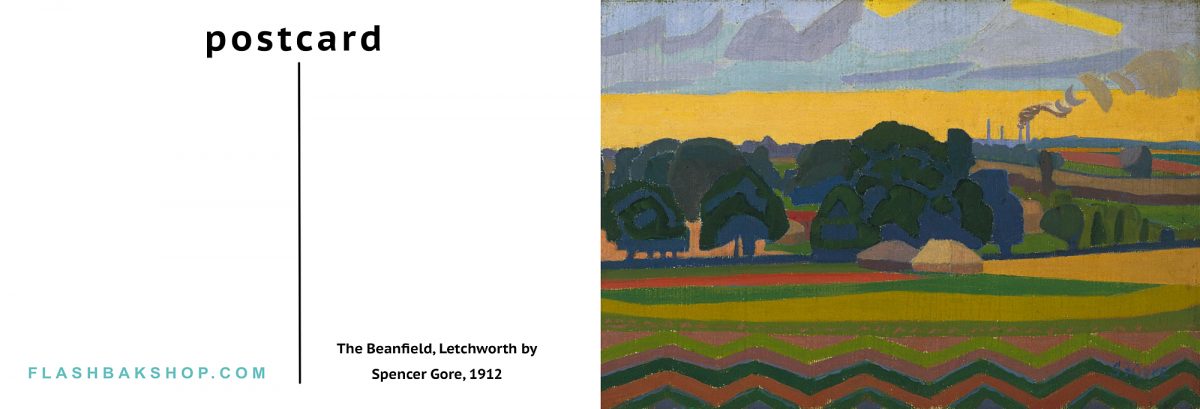
The Beanfield, Letchworth by Spencer Gore – 1912 – Postcard
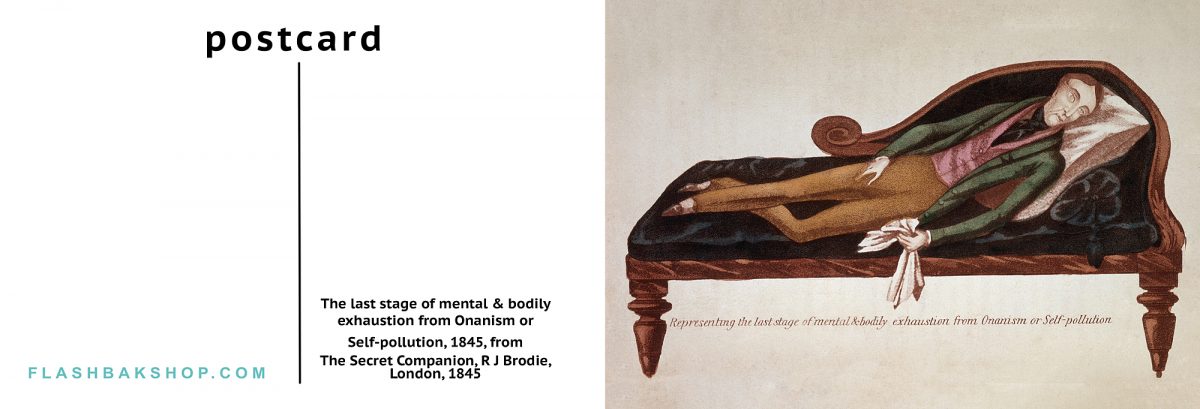
The last stage of mental & bodily exhaustion from Onanism or Self-pollution, 1845, from The Secret Companion, R J Brodie, London, 1845 – Postcard

Die Pflanzenwelt (the Plant World), Funghi – Otto Warburg – 1913-1922 – Postcard
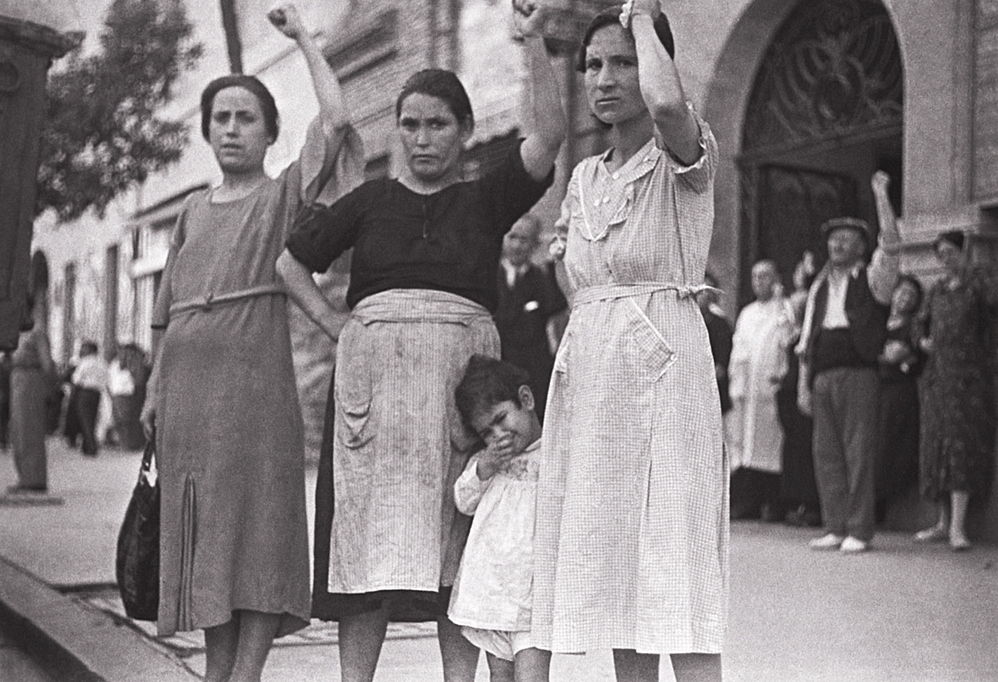
Women in Valencia by Gerda Taro – 16th June 1937 – Postcard
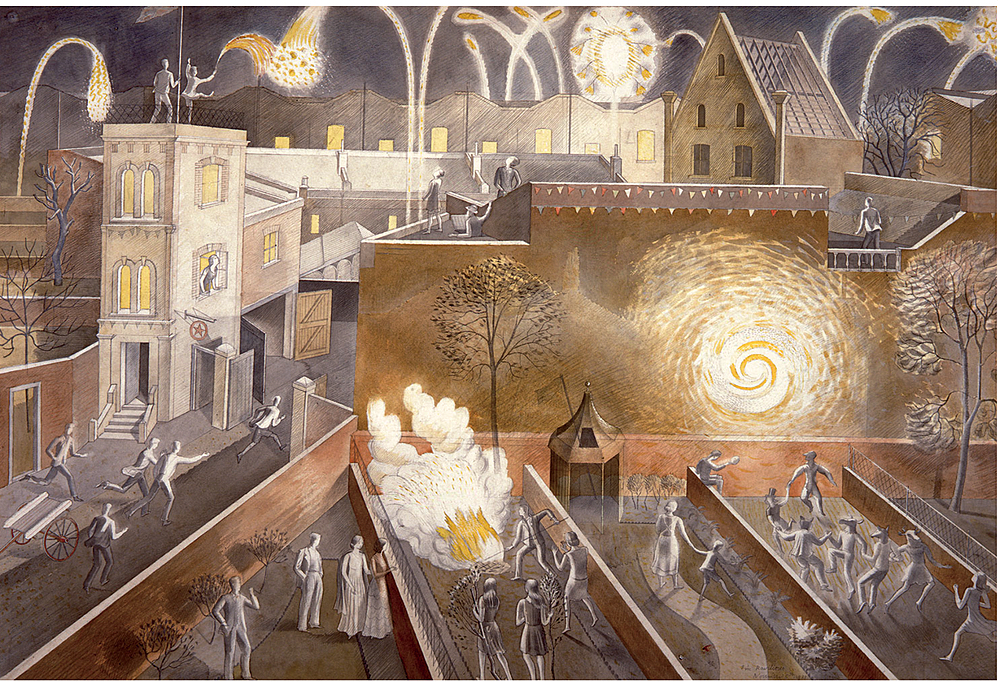
Fireworks – Eric Ravilious – c.1938 – Postcard
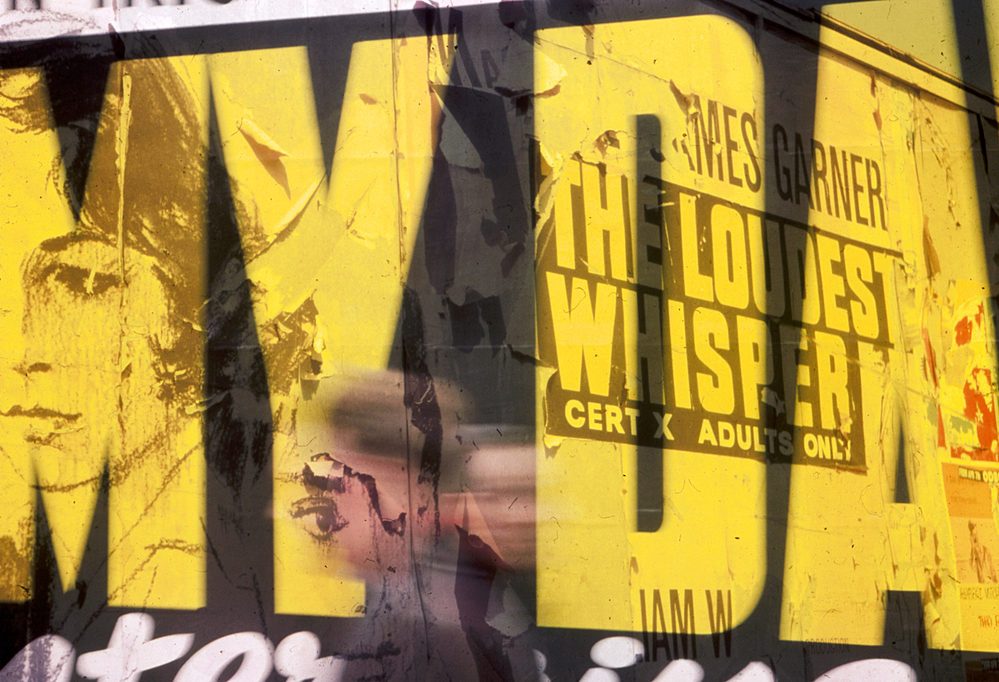
James Garner in the Loudest Whisper – Bob Hyde – c.1962 – POSTCARD
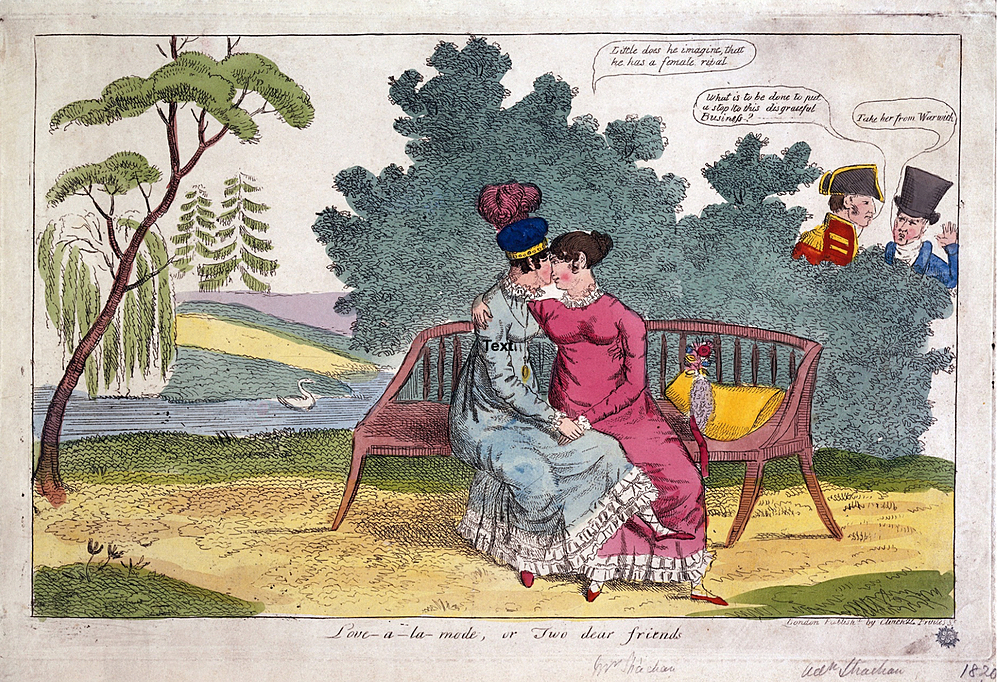
Lady Strachan and Lady Warwick making love in a park, while their husbands look on with disapproval. Coloured etching – c. 1820. Wellcome Collection – Postcard
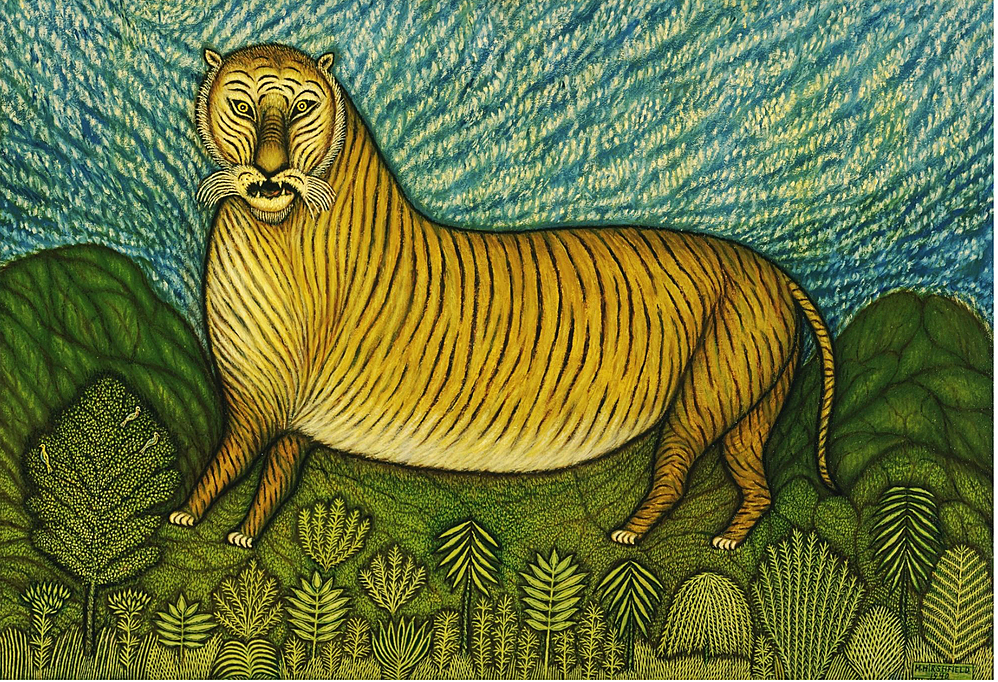
Morris Hirshfield Tiger 1940 – postcard
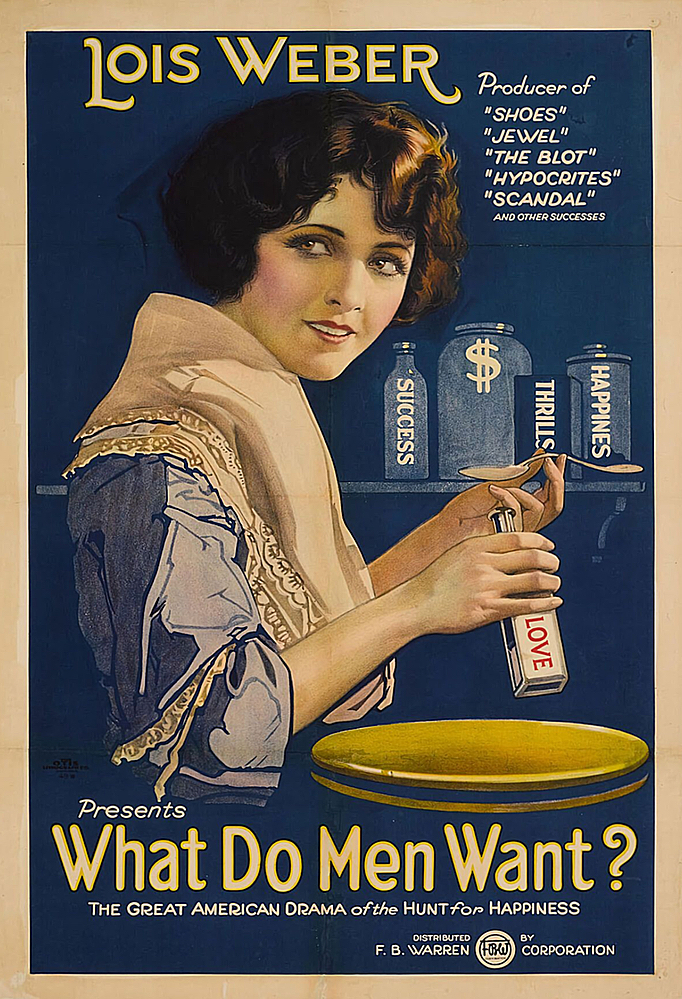
What Do Men Want_ is a 1921 American silent drama film written, produced, and directed by Lois Weber and starring her muse Claire Windsor – POSTCARD
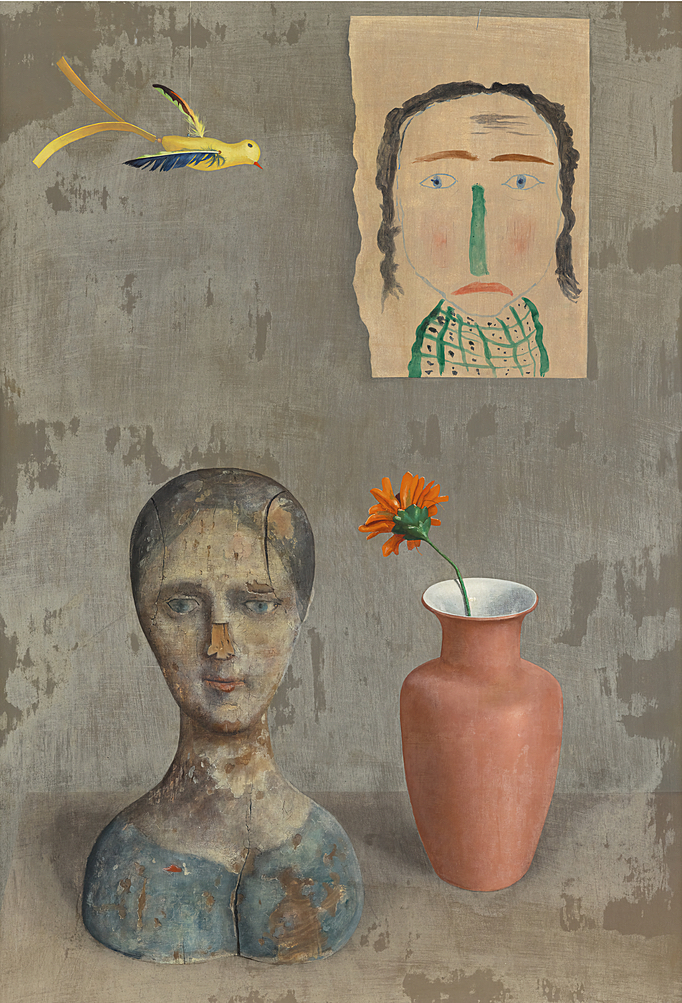
Two Heads, by Rudolf Wacker, 1932 – Postcard

The Werewolf – Josef von Diveky – Postcard for Wiener Werkstätte Nr. 497 – 1911 – Wien Museum – Postcard

The Brooch by Edvard Munch – 1903 – Postcard

The actor Sotani Oniji II – 1794 – Postcard
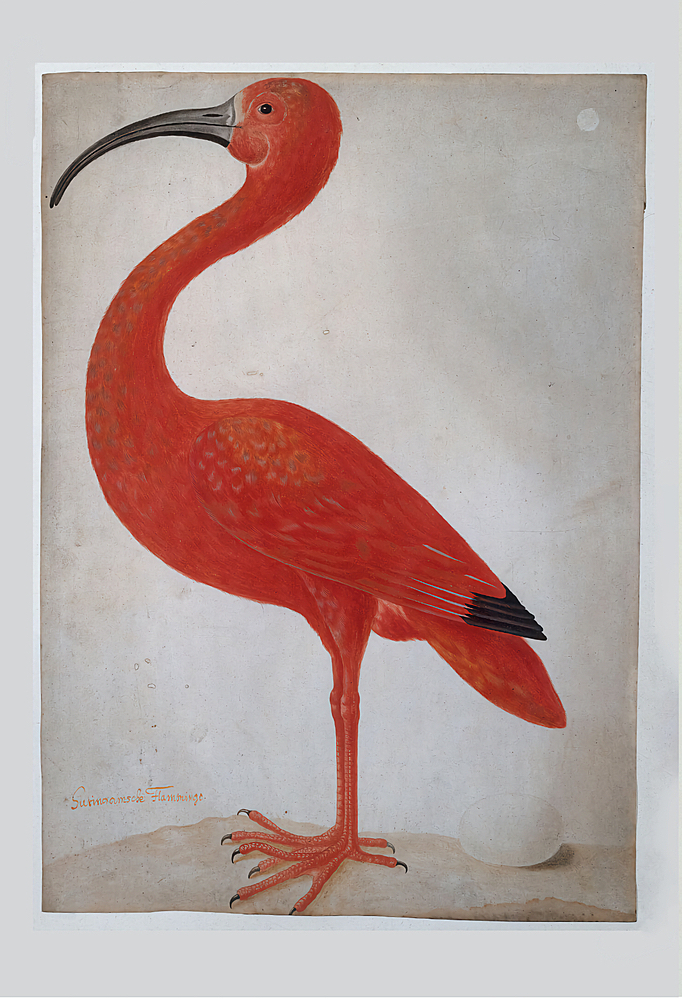
Scarlet Ibis with an Egg by Dorothea Maria Gsell, 1699 – Postcard
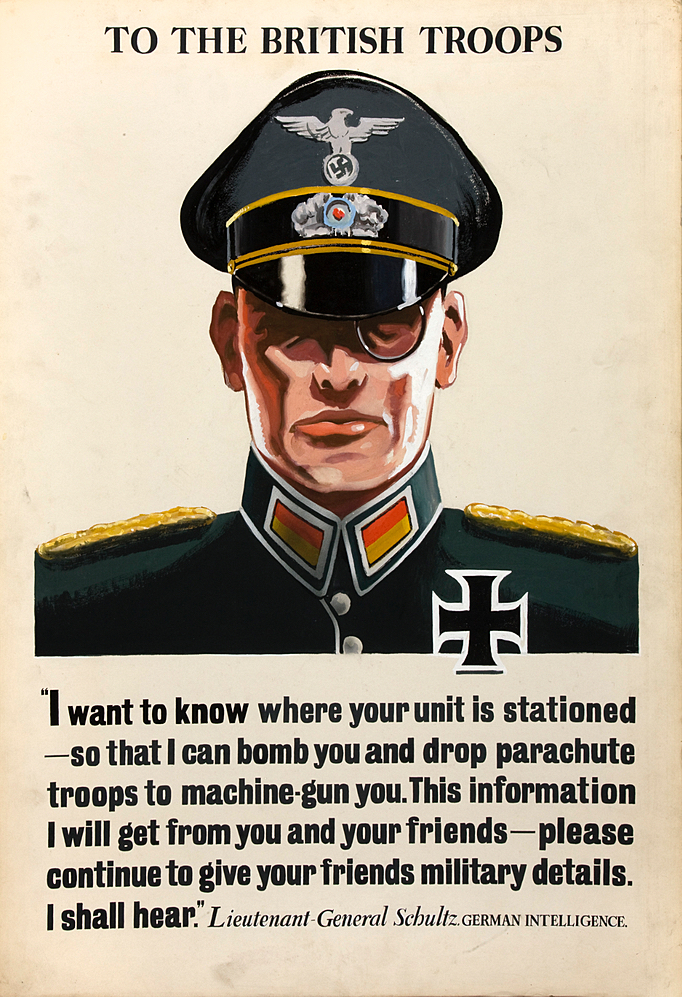
Imagined German Intelligence Officer WW2 – postcard
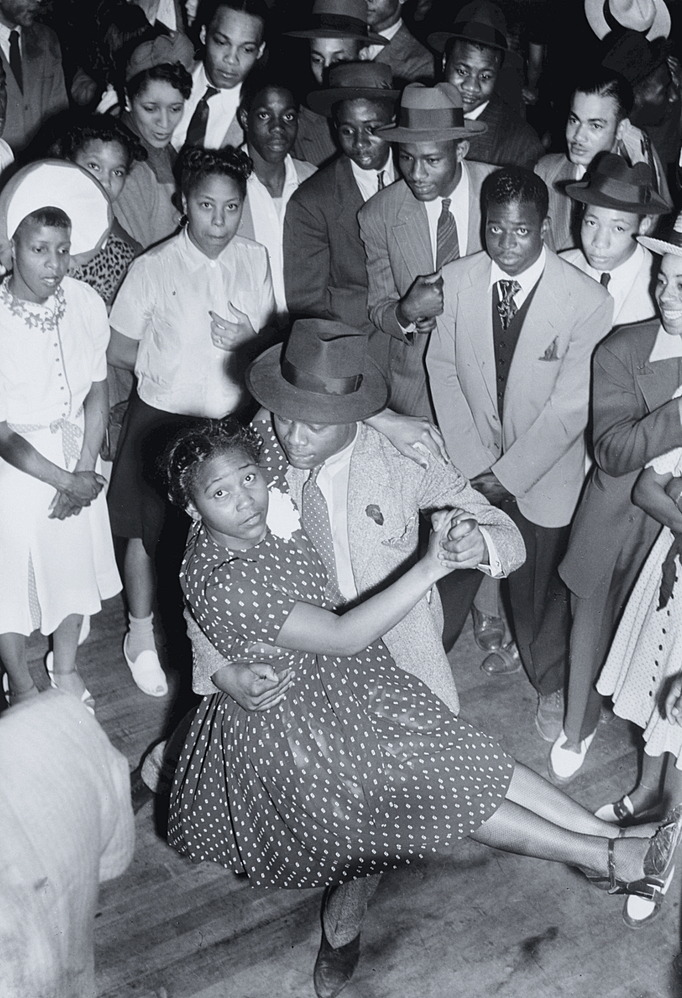
Dancers in a Washington D.C. jazz club between 1938 and 1948 by William P. Gottlieb – Postcard
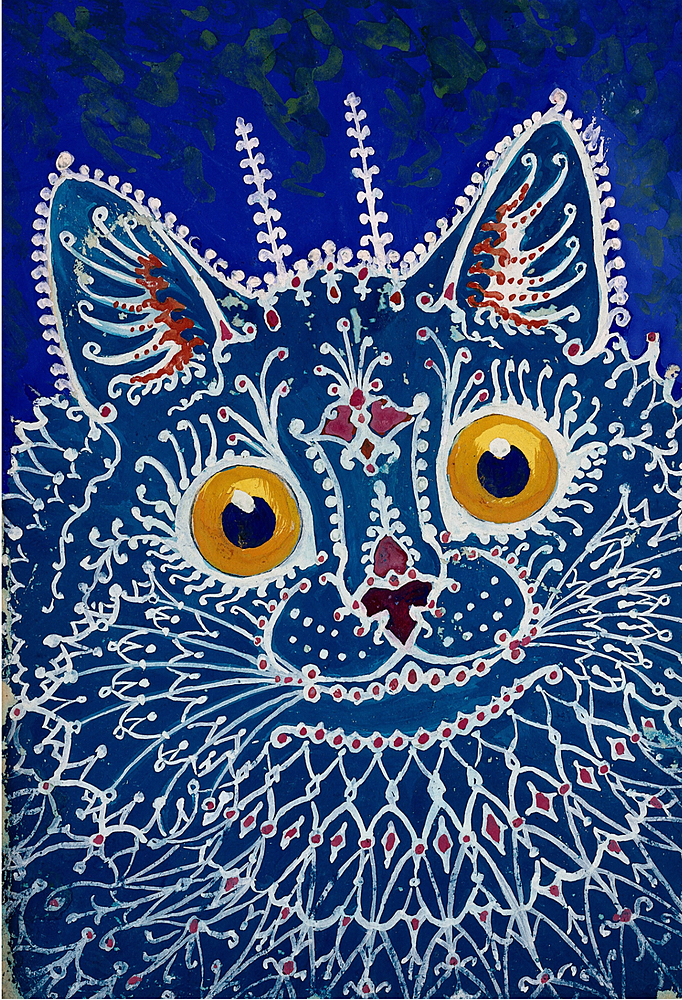
Cat in ‘Gothic Style’ by Louis Wain, c.1925 – Postcard
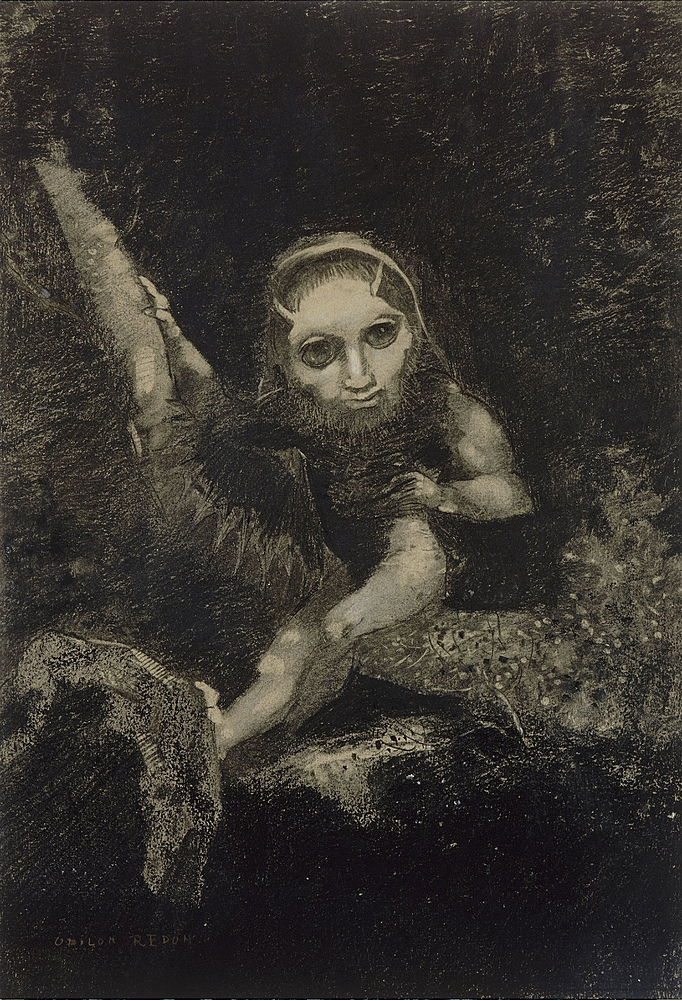
Caliban – Odilon Redon – Charcoal – 1881 – Postcard

A Sloth , Joris Hoefnagel & Georg Bocskay – postcard
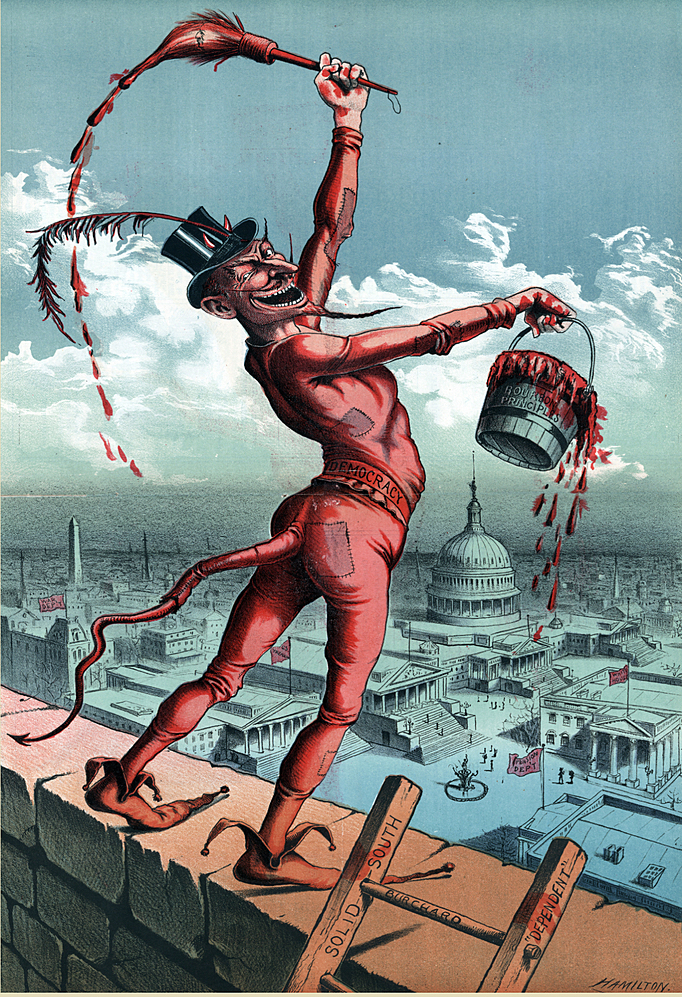
‘The Judge – To Begin With I’ll Paint the Town Red’ political cartoon by Grant E. Hamilton – 1885 – Postcard
Buy collectable art to keep and gift in the Flashbak Postcard shop.
Would you like to support Flashbak?
Please consider making a donation to our site. We don't want to rely on ads to bring you the best of visual culture. You can also support us by signing up to our Mailing List. And you can also follow us on Facebook, Instagram and Twitter. For great art and culture delivered to your door, visit our shop.
